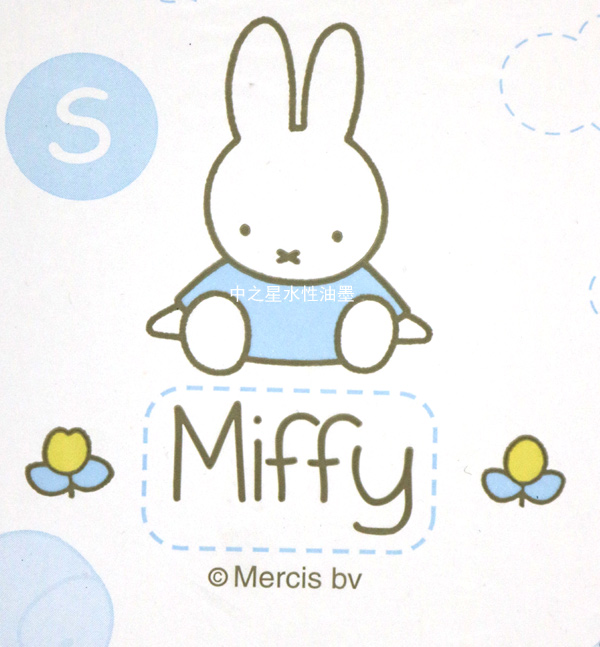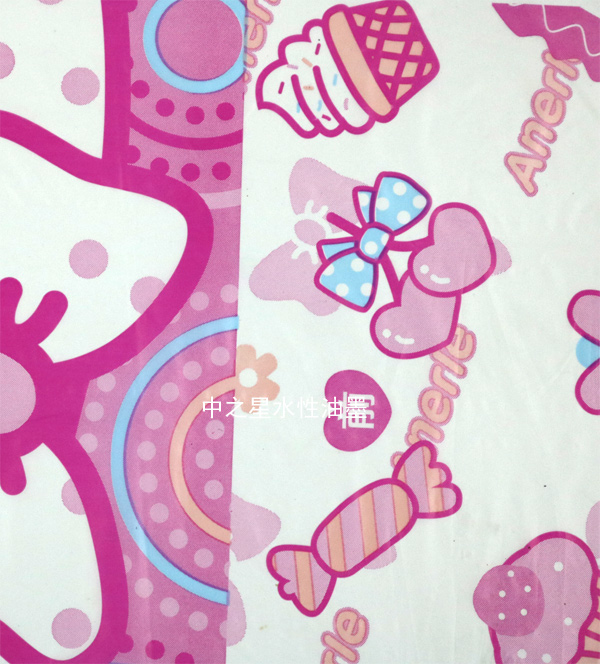How to avoid the problem of water-based ink blocking the nozzle in the printing process
Date: Nov 15 2023 From: Star Color Views:
The problem of blocking the nozzle in the printing process of water-based ink is a common problem, which will affect the printing quality and production efficiency.This article will explore the reasons for water-based ink clogging the nozzle, and propose corresponding solutions and preventive measures to help the printing industry to avoid and solve this problem.
Reasons for water-based ink blocking nozzle
1.Excessive ink concentration:The concentration of water-based ink is too high, resulting in reduced fluidity, easy to caking at the nozzle, resulting in blockage.
2.Excessive ink viscosity:The viscosity of the ink is too high, which will make the fluidity become poor, and it is easy to form a dry film at the nozzle, resulting in blockage.
3.Rough surface of nozzle:The rough surface of the nozzle will cause the ink to form a dry film on the nozzle, which will cause blockage.
4.Ink quality problem:Quality problems such as impurities and particles contained in the ink will directly lead to blockage of the nozzle.
5.Improper use of nozzle:Improper use of the nozzle, such as the use of too high or too low pressure, nozzle temperature is too high or too low may lead to blockage.
6.Improper maintenance of equipment:Improper maintenance of equipment, such as not cleaning the nozzle, pipe, etc., will make the residue dry, resulting in blockage.

Solution of water-based ink clogging nozzle
1.Adjust ink concentration and viscosity:According to the printing requirements and equipment characteristics, the concentration and viscosity of the ink are reasonably adjusted to improve the fluidity and avoid blocking the nozzle.
2.Improve the surface quality of sprinkler head:Improve the surface finish of the nozzle to reduce the adhesion of the ink at the nozzle and avoid the formation of dry film.
3.Choose high quality ink:Choose high-quality ink to avoid quality problems such as impurities and particles in the ink to reduce the risk of clogging.
4.Proper use of sprinkler heads:Use the nozzle correctly according to the equipment requirements, such as controlling the nozzle pressure, temperature and other parameters to avoid improper use of clogging.
5.Regular maintenance of equipment:Perform regular maintenance on the equipment, such as cleaning the nozzle, pipe, etc., to avoid blockage caused by dry residue.
6.Use anti-clogging technology:The use of advanced anti-blocking technology, such as adding anti-blocking agents in the ink, the use of special nozzle design, etc., to effectively prevent the blockage problem.
Prevention of water-based ink clogging nozzle measures
1.Understanding and using the right ink:Understand the characteristics and scope of application of various inks, choose the ink that meets your own printing requirements, and avoid the use of unsuitable inks that lead to blockage.
2.Check and maintain equipment regularly:Periodically check the running status of the device to discover and solve problems in time to avoid clogging caused by equipment problems.
3.Standardized operation process:Develop and implement standardized printing operation procedures to ensure that operators are familiar with and comply with operating procedures to avoid improper operation resulting in clogging.
4.Regular cleaning of equipment::Develop and implement a plan to clean equipment regularly to remove residues and contaminants from equipment to avoid accumulation and drying out leading to clogging.
5.Adopt new technology:Pay attention to and adopt new anti-blocking technology and equipment to improve the performance and efficiency of printing equipment and reduce the occurrence of blockage problems.
The problem of blocking the nozzle in the printing process of water-based ink is a common problem, but by understanding the causes, taking corresponding solutions and preventive measures can effectively avoid and solve this problem.The printing industry should pay attention to this problem and take corresponding measures to improve printing quality and production efficiency.

 RU
RU
 EN
EN
 CN
CN


